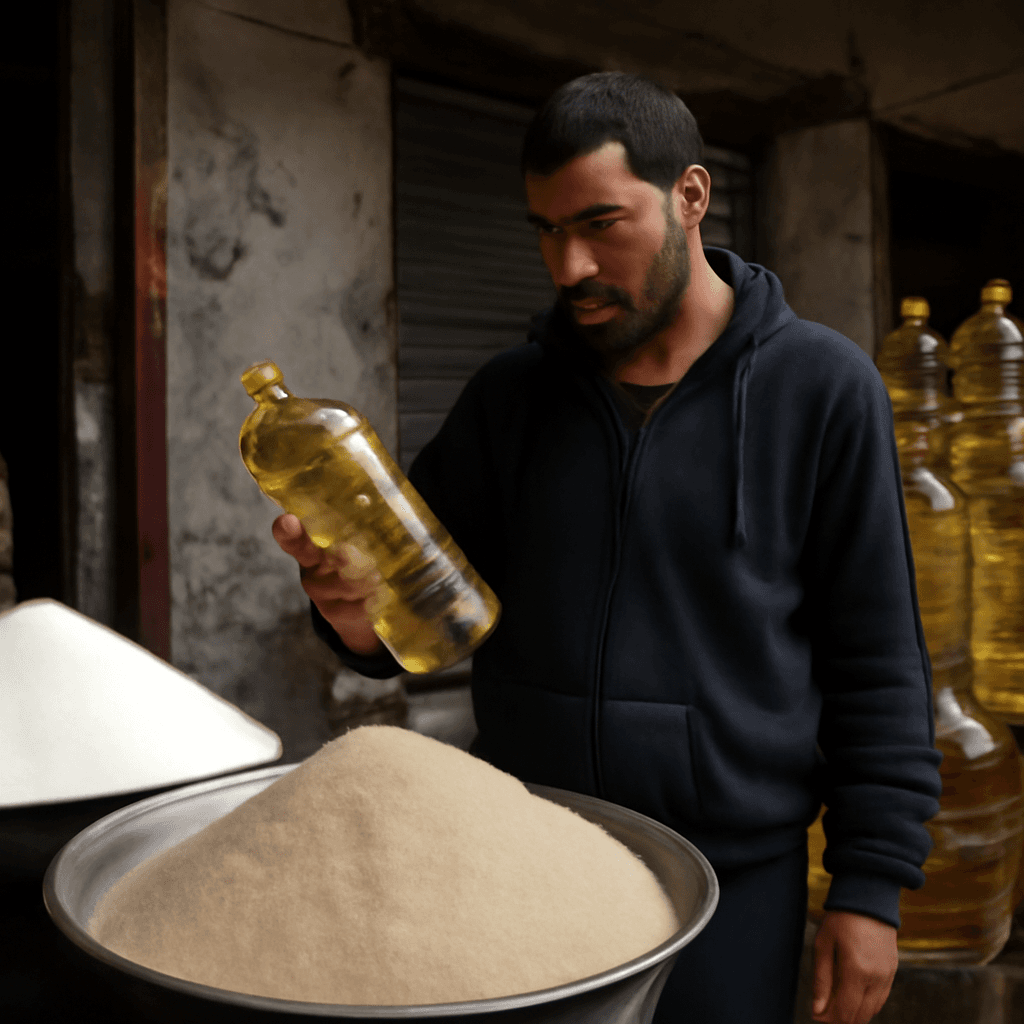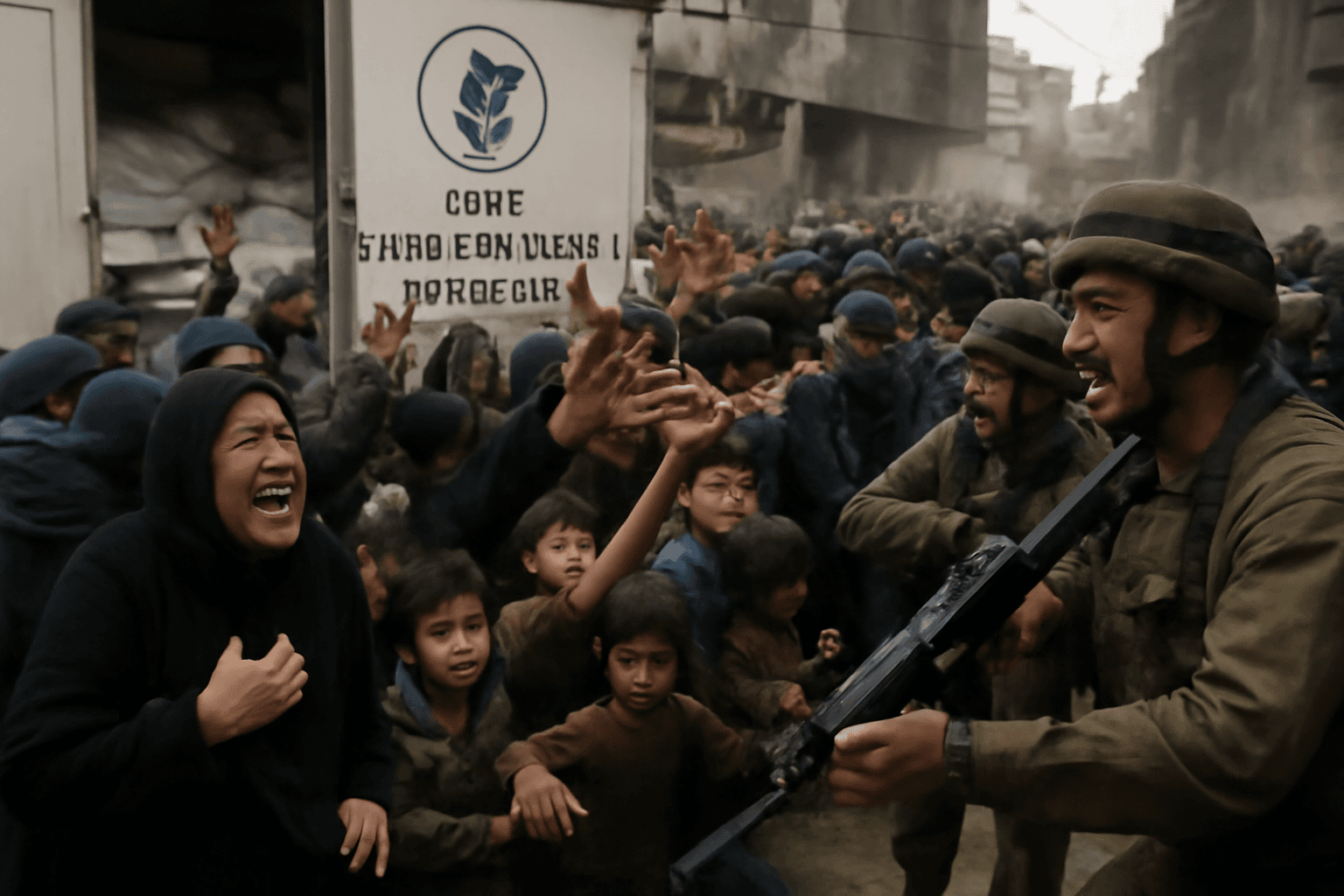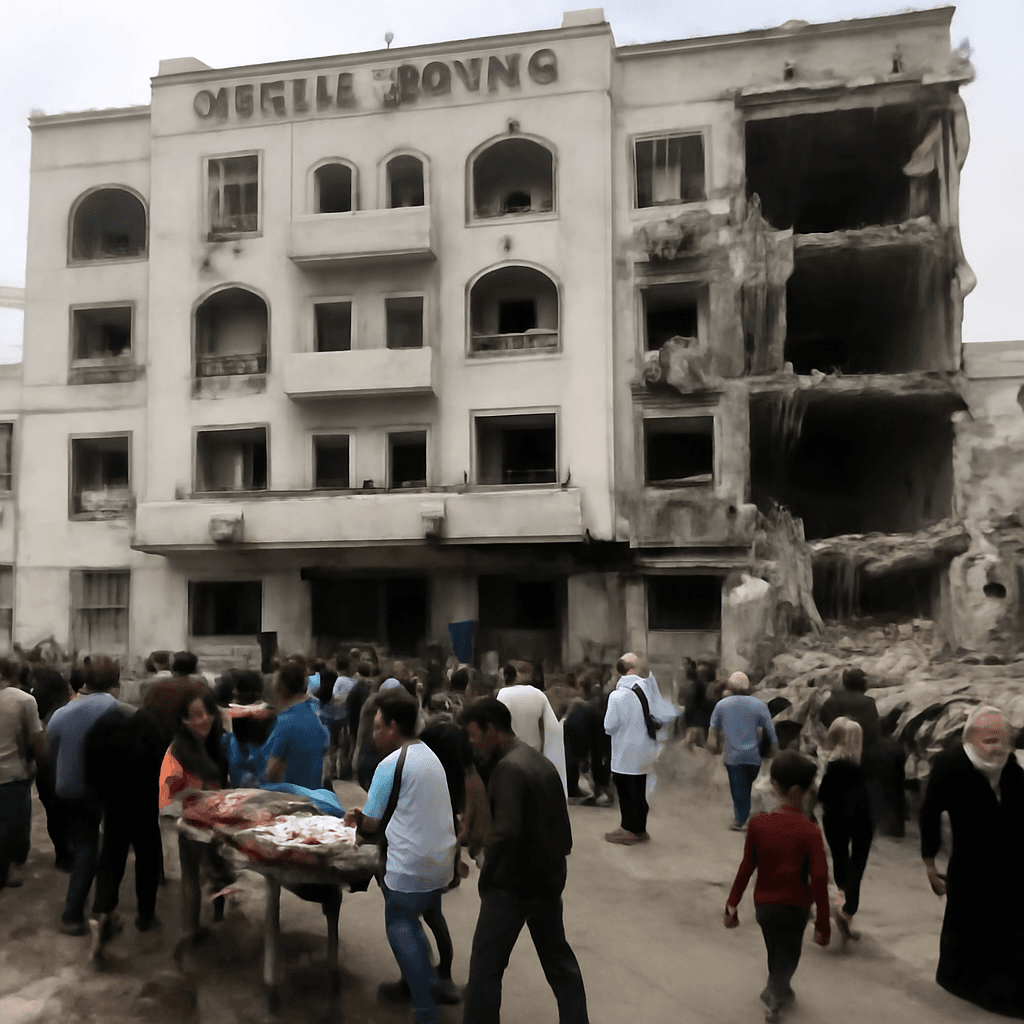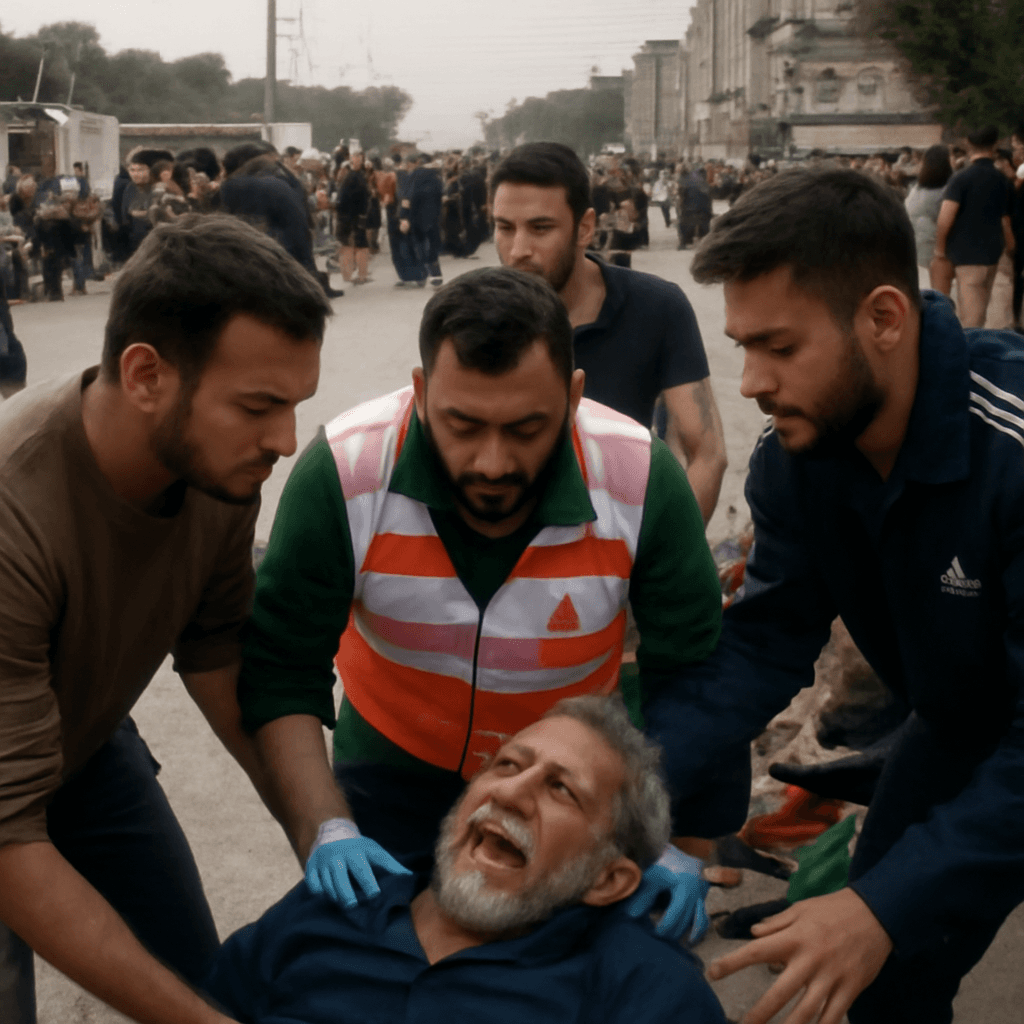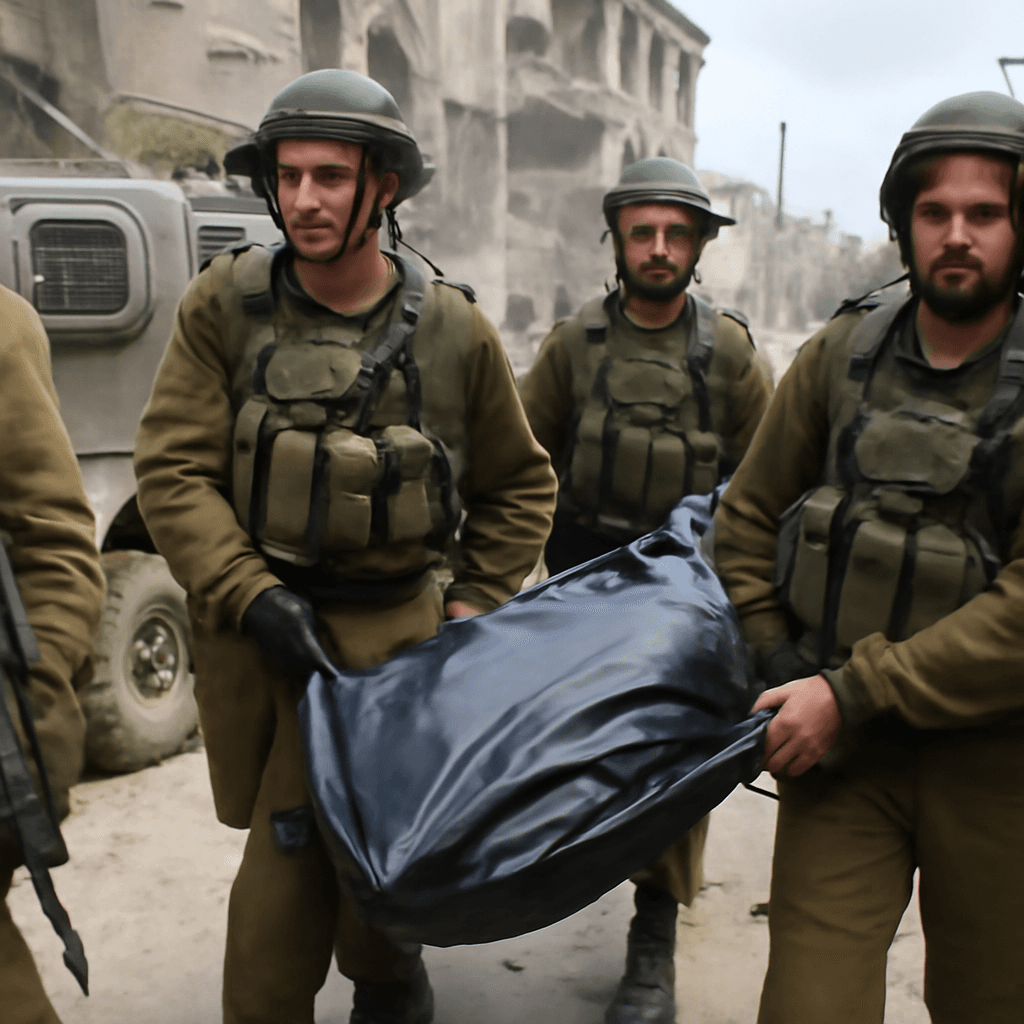Severe Food Price Inflation in Gaza Amid Ongoing Conflict
As the Gaza Strip endures relentless conflict, many basic necessities have become prohibitively expensive, aggravating the already dire humanitarian situation. Staples such as sugar and cooking oil are being sold on the black market at astronomical prices, placing immense strain on the residents.
Alarming Prices for Essential Staples
A recent compilation of food prices within Gaza reveals staggering costs for everyday items when converted into Indian rupees (₹) using the exchange rate of 1 Israeli shekel = ₹24.57:
- Cooking Oil (1 litre): ₹4,177
- Sugar (1 kilogram): ₹4,914
- Milk Powder (1 kilogram): ₹860
- Flour (1 kilogram): ₹1,474
- Salt (1 kilogram): ₹491
- Okra (1 kilogram): ₹1,106
- Duck Meat (1 kilogram): ₹737
- Tomatoes (1 kilogram): ₹1,106
- Onions (1 kilogram): ₹4,423
- Potatoes (1 kilogram): ₹1,966
- Brinjal (1 kilogram): ₹860
- Lemon (1 kilogram): ₹1,474
- Lentils (1 kilogram): ₹860
- Coffee (1 cup): ₹4,423
- Goat Meat (1 box): ₹4,914
These prices are extraordinary in a region where the vast majority of residents have lost their sources of income amid ongoing violence and closures.
Impact on Daily Life and Traditions
The severe inflation and scarcity of food have profoundly affected cultural and religious practices. During Eid al-Adha, usual celebrations involving communal feasts and gifts have been replaced by uncertainty and hunger. Many held prayers amidst the ruins of buildings destroyed by the conflict, highlighting the grim reality on the ground.
Blame and Responsibility
Authorities in Israel attribute the worsening food crisis partly to Hamas, accusing the group of diverting humanitarian aid for their own benefit.
An Israeli spokesperson highlighted that masked militants affiliated with Hamas have allegedly looted approximately 80% of aid shipments over the last year and a half, selling goods at inflated prices to civilians. This dynamic is said to reinforce Hamas's economic and political control within Gaza.
Ongoing Military Operations and Humanitarian Concerns
Military operations continue in northern Gaza, with warnings issued against areas reportedly used for launching rockets. Recent clashes have resulted in casualties on both sides.
The United Nations’ Food and Agriculture Organisation (FAO) has warned that by September, around 500,000 people in Gaza could face catastrophic food insecurity, the highest classification before famine.
Humanitarian Aid and Challenges
Despite significant humanitarian efforts, including the delivery of over 3,500 calories per person per day during the initial phase of aid distribution, many residents still lack sufficient food. The ongoing conflict and blockades have severely disrupted supply chains, making sustained relief difficult.
In this context, the food crisis in Gaza has become a pressing humanitarian emergency, exacerbated by conflict dynamics and economic control mechanisms that hinder equitable distribution.

